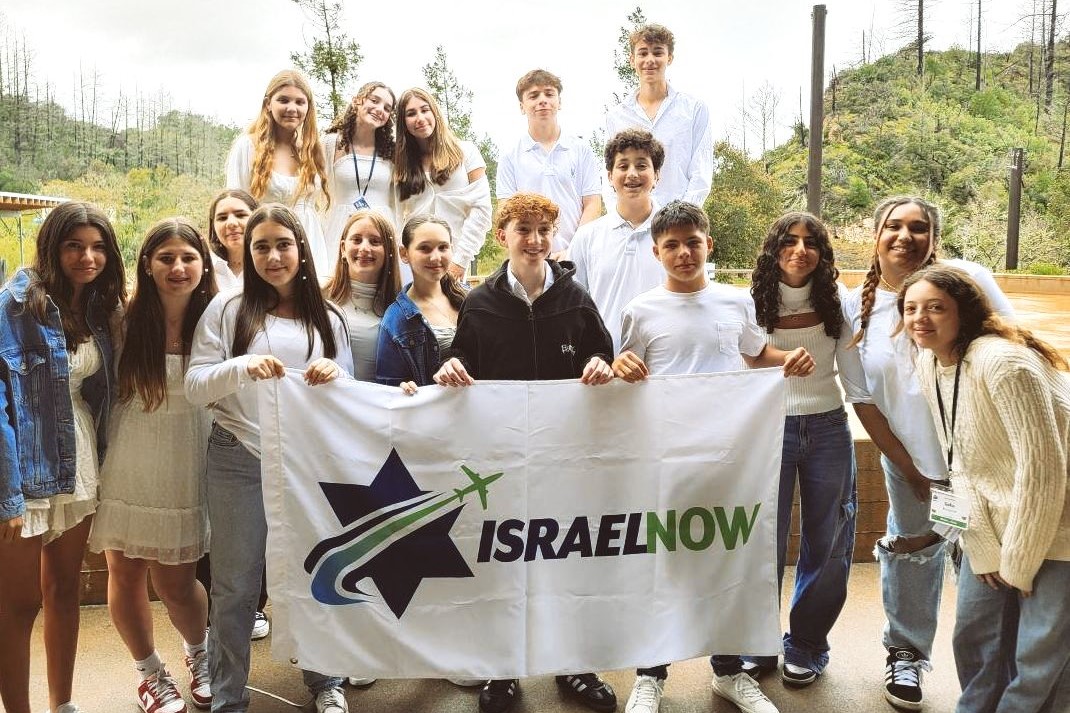How Do We Make Jewish Learning Relevant?

This Dvar Torah was written by CAJE Board member, Judge Steven D Robinson, (Ret.).

Photo by Tony Sebastian on Unsplash
One of the main challenges of Jewish education in the twenty-first century is finding relevance in Jewish learning and guiding us, perplexed or otherwise (to borrow a phrase).
Many have given up. Yet, CAJE remains on the front lines of blocking irrelevance.
This week’s Torah portion is Vayikra, the first portion in the book of Vayikra, translated [from Hebrew to Latin] as Leviticus. It discusses aspects of the korbanot or sacrifices that were made in the Tabernacle and later the Temple, but it is hard to find meaning in the detailed ancient practices.
In a recent article published on the web at thetorah.com, Rabbi Irving (Yitz) Greenberg, has explained how we can find personal, relevant lessons when learning what underlies Jewish sacrifices. I have quoted him extensively in the following D’var Torah.
Aside from those who practice a more cultural Judaism, there are two main approaches to religious thought, the traditional and the integrative.
Rabbi Greenberg describes traditionalists as believing that the Torah is the pristine word of God. The text, in this view, comes intact directly from God, word for word, untouched by human hands. Therefore, it is self-validating. It cannot be judged or refuted by critical methods; it cannot be upheld or validated by historical proofs.
All attempts to locate it in historical context, or to show influence or generation by human minds, are by definition illegitimate. Doing so is bound to weaken the divinity and authority of the Torah. Therefore, such “academic” approaches are assur (prohibited) and should be excluded from legitimate Torah study.
Their rationale partially derives from (Vayikra 18:5) “If a person does them, he or she shall live in/by them.” This was the approach offered to me early in my religious education.
In contrast, the integrators argue that the accumulating evidence and analysis in historical and critical biblical studies must be considered and factored into our beliefs. The Integrators claim that we must begin to reconcile fundamental beliefs with historical and anthropological roots.
Integrators also believe that Torah was revealed, is min ha-shamayim (Torah from heaven), or is at least inspired, and its content is rooted in transcendent (not merely human) sources. They believe that the eternality of Torah means that it must be instructive, commanding, and credible – in every culture that Jews inhabit, including our current, postmodern civilization.
We start with our basic faith, learn what the rabbis of Talmudic times learned from revelation, and then move on to reconciling all of that with history and science, archaeology and what we know of other ancient political entities.
Greenberg stated, “Either we begin to incorporate it into our understanding, or the Torah will lose its credibility among highly educated people. Without yielding our Emunah, our faith – we can re-conceptualize our interpretation of the Torah’s divine and authoritative status to incorporate the new historical evidence and literary analysis.”
Vayikra especially puts these two approaches through difficult tests: To quote Greenberg as he struggled with the laws of sacrifices, “How did I feel about this Torah? I prayed for its restoration, but, honestly, in sum, it was, well, ancient and quaint. Personally, I could not really imagine bringing the actual sacrifices, let alone that they would fulfill my spiritual needs.”
Conservative Rabbi Jacob Milgrom (1923-2010), head of the Department of Near Eastern Studies at the University of California, Berkeley, greatly influenced orthodox Rabbi Greenberg through his extensive Torah commentaries.
Rabbi Milgrom delved deeply into the laws of sacrifice and derived important and fascinating moral lessons.
In his article, Greenberg included one salient example, “I always thought that hattat (translation: sin offering) and asham (translation: guilt offering) were vaguely repetitious; maybe differentiated by the specific sins with which each was associated.”
Rabbi Milgrom explained that hattat was a purification rite brought for sins committed by people that had generated impurity in society; these sins “attacked” the Temple, where they accumulated. The hattat were offered to purge the sanctuary of their resulting impurities.
In other words, if people allowed sin and bad behavior to build up in society by not repudiating the offenders – the atmosphere became polluted.
Vayikra teaches that if the pollution builds up with no counter move, God will leave the sanctuary, and Israel will be unprotected. “Like a Dead Sea in which pollution has sucked out the oxygen, so no life can live in it, so the buildup of sins, even unintentional ones, would ‘drive out’ the life-giving divine presence, leaving a spiritual dead zone.”
It is like global warming, in which carbon production in the atmosphere accumulates and the effect is permanently and dangerously raised average temperatures. Sacrifices in our comforts may be necessary to save ourselves over the long term.
The hattat sacrifice requires leaders and common people to acknowledge that when standing by, the public is ultimately responsible for moral pollution, so it must exert itself to clean up before the “tipping point is reached.”
On the other hand, the asham (guilt) sacrifice — which Milgrom translates “reparation offering”— is all about deepening a sinner’s awareness. It is required in order to present the occasion for confession – and reparation.
Its function is to sharpen individual conscience, to stimulate guilt, to motivate responsibility and the performance of acts of reparation.
My own work and approach to criminal justice intuitively emphasized this concept early on, particularly the development of restorative justice, where a defendant’s sentence is to restore victims, to alleviate the harm done to them.
Restitution and community service are its main tools; they alleviate guilt and allow a post criminal personality and crime free alternative lifestyle to develop, where a defendant, many times for the first time in his or her life, gains self-esteem.
Rabbi Milgram had derived basic human need by adding new understanding to the text, recognizing a need in the religious halachic world and as I see it, to benefit the secular legal world as well.
Rabbi Greenberg concluded: “Whereas the traditionalists absolutize their narrow understanding of Scriptures in the name of defending God, the integrators use every new method of research and analysis to explain the Torah. They believe that doing so will reconcile God and eternal Torah with the facts of history and literature, as best understood by reasonable people.”
Jewish wisdom must address every problem, ancient or modern, in a way that helps us live by the Torah, rather than pretend that part of the Torah is for a small, narrow group or representing a small, narrow perspective.”
As noted before, the hattat sacrifice requires leaders and common people to acknowledge that by standing by, the public is ultimately responsible for moral pollution. It must exert itself to clean up before the tipping point is reached. The asham sacrifice was about sharpening each individual conscience, to stimulate guilt, taking responsibility, and to motivate acts of reparation by the sinner.
On this CAJE Board, we are both individuals and community leaders.
Therefore, the purpose of these two sacrifices applies to us
- What moral or ethical pollution in the world are we ignoring and what must be cleaned up?
- What must I, as an individual, do to sharpen my conscience and skill to take responsibility for what I could and should be doing in the world?
(Sourced and restated from Dr. Irving (Yitz) Greenberg, “Meeting the Challenge of Critical Scholarship with Leviticus,” https://www.thetorah.com/article/meeting-the-challenge-of-critical-scholarship-with-leviticus; See also: Jacob Milgrom, Leviticus): A Book of Ritual and Ethics: Continental Commentaries, Augsburg Fortress Publishers, (2004).
Shabbat Shalom






